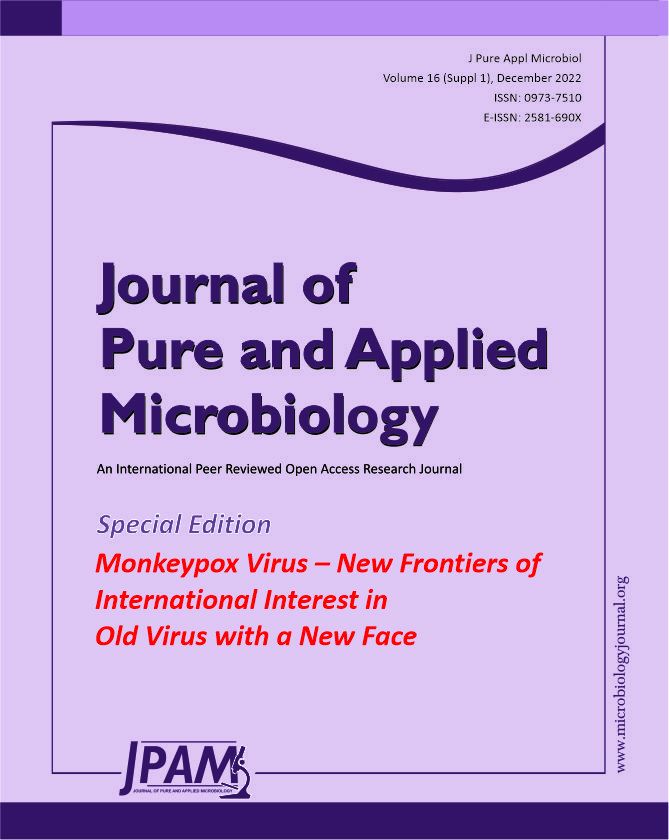Emerging and re-emerging zoonoses of diverse etiologies have caused significant morbidity and mortality recently. In the past two decades, several viral zoonoses, such as Bird flu, Ebola hemorrhagic fever, Hantavirus infection, Nipah virus disease, Rift Valley fever, Swine flu, West Nile fever, SARS, MERS, COVID-19 etc., have emerged from different parts of the world. The latest to the list is the “Monkey Pox”, which has recently been renamed as “Mpox” by WHO. The ongoing 2022 multi-country outbreak of monkeypox is the largest in history to occur outside of Africa. Monkeypox is an emerging zoonotic disease that for decades has been viewed as an infectious disease with significant epidemic potential because of the increasing occurrence of human outbreaks in recent years. With increasing case numbers being reported in the current outbreak, it is important for healthcare staff everywhere to update their knowledge of this zoonotic infection, including its prevention, clinical management, prophylaxis, and basics of infection control, to understand the broader implications of the current outbreak. We provide an overview of monkeypox virus infection to serve as a primer for healthcare staff who may encounter this condition in their practice.
Monkeypox, Mpox, Emerging Diseases, Zoonosis, Multi-country Outbreak, Africa, Smallpox
© The Author(s) 2022. Open Access. This article is distributed under the terms of the Creative Commons Attribution 4.0 International License which permits unrestricted use, sharing, distribution, and reproduction in any medium, provided you give appropriate credit to the original author(s) and the source, provide a link to the Creative Commons license, and indicate if changes were made.


